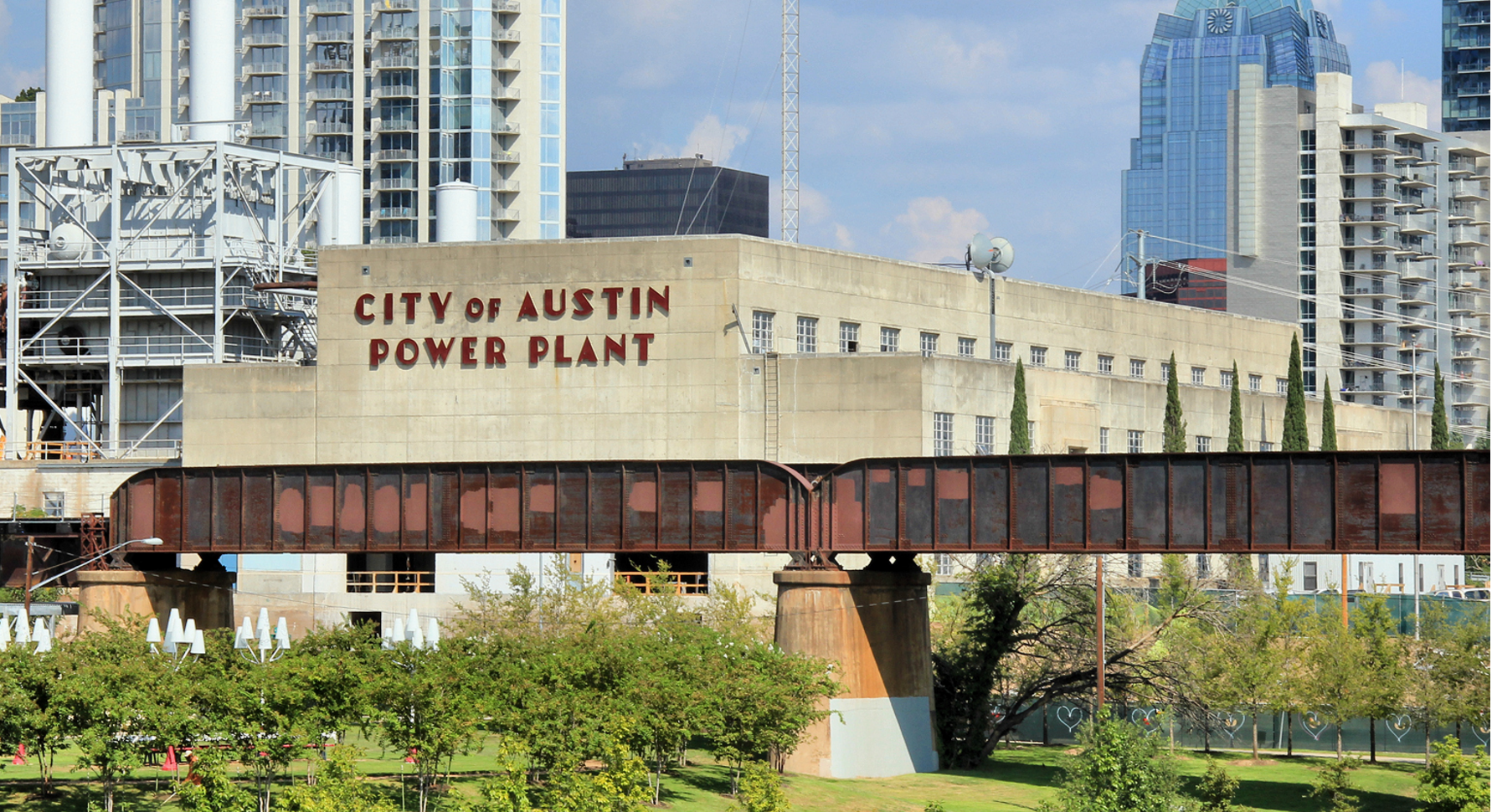Jobs and economic competitiveness
Workforce
San Antonio is behind the state and the country in workers age 25 to 34 with bachelors and advanced degrees. We also lag behind our peer Texas cities (Austin, Houston, and Dallas). It’s not that the education is not available here. Many of our college graduates leave San Antonio, citing a lack of attractive, dense neighborhoods that are important to young professionals, lack of centralized social centers, inadequate public transit and the low walkability. As our young people plan their lives, we need to ensure that they have access to the education that supports both traditional and targeted emerging industries and attractive job opportunities locally.
And we need to ensure that our college graduates—and graduates from other areas—find San Antonio an attractive place to live and work. Younger workers have demonstrated a greater affinity than previous generations for moving to and raising families in distinctly vibrant urban environments. They are the living embodiment of the idea that great places are defined by their power to attract and engage people. San Antonio’s current urban form—defined for the most part by low-density, single use developments connected by an auto-centric transportation system—does not offer the kind of places that attract today’s young, skilled, innovative workers. Continuing with the status quo and perpetuating the same basic development types and patterns that have dominated the city over the past few decades will hamper San Antonio’s goal of developing into a center of innovation and creative industry.
Instead, the city must plan for and encourage more neighborhoods and districts that offer the density, mix of uses, mobility options, and amenities that draw skilled millennial workers, retiring baby boomers, and many other segments of the population that crave sustainable, walkable and human-scaled places to live. In this sense, our land use, urban design, and mobility goals and policies are also economic development policies.

